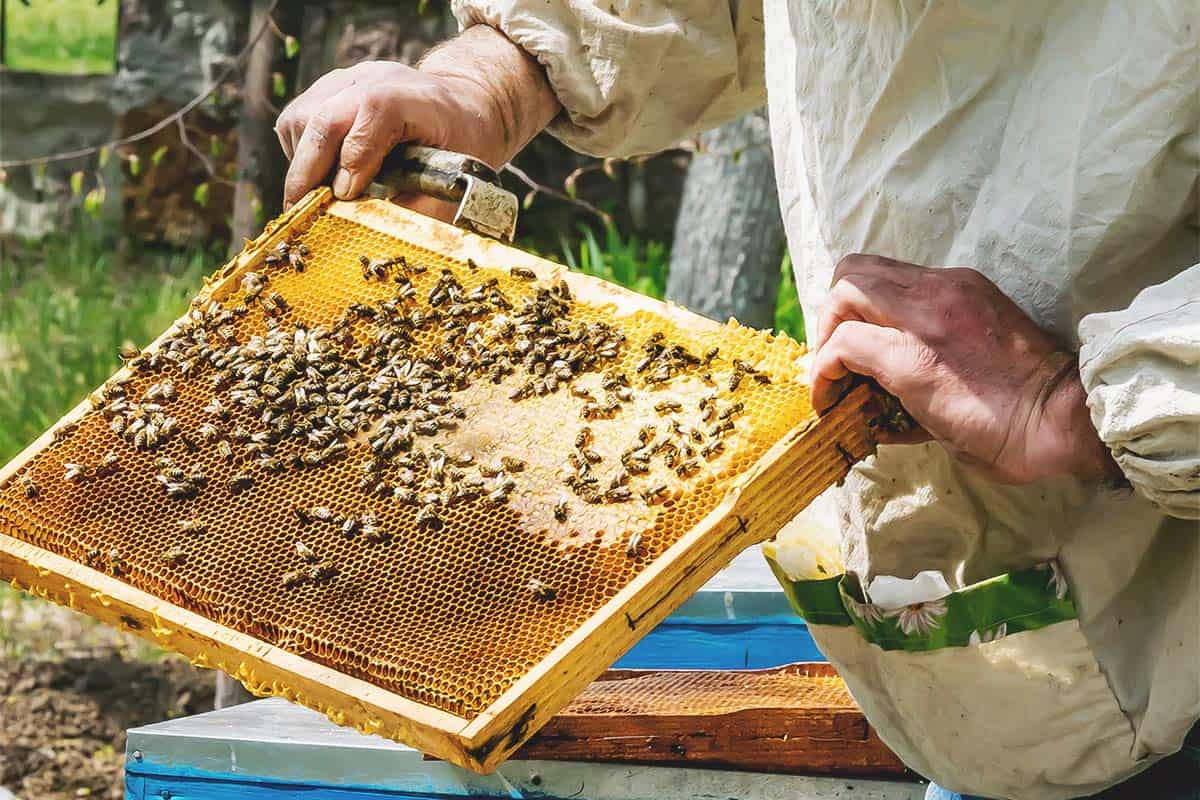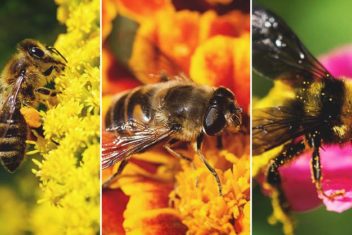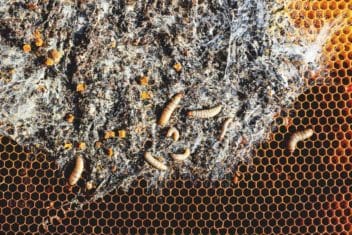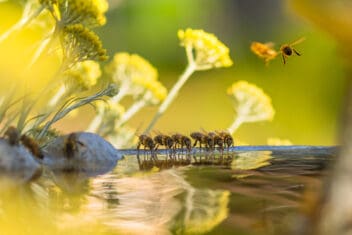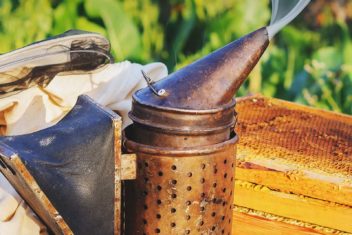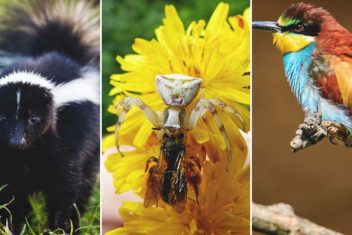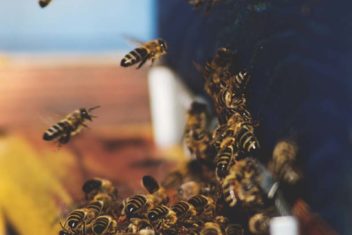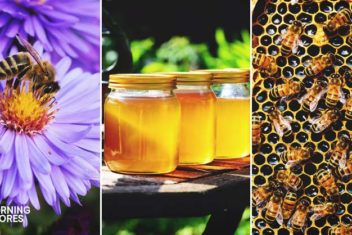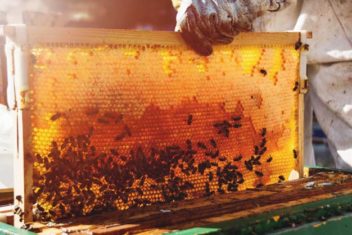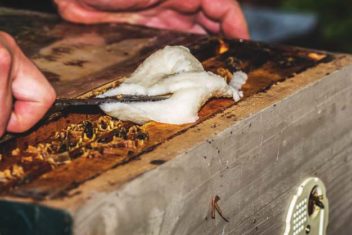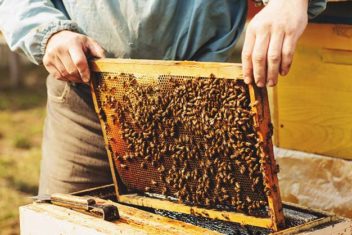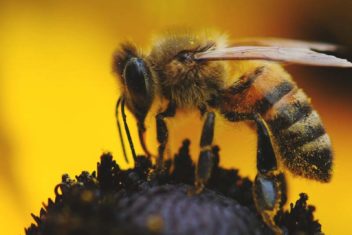Spring isn’t just a time for cleaning – it’s also the best time of year for you to tend to your beehives! As a beekeeper, spring is one of the most important seasons for hive management.
Not only will your bee population start to grow as the weather improves, but you’ll have a bit of clean-up to do after a long, cold winter, too. If it’s your first time raising bees, you might want to consider doing these nine honey bee spring chores.
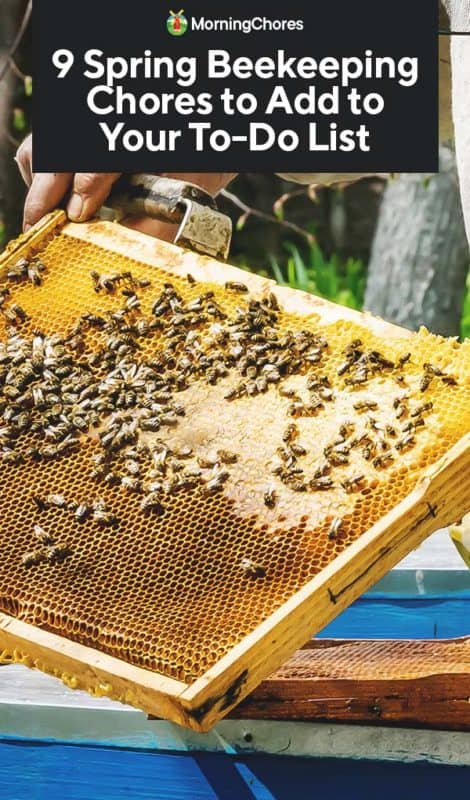
Why It’s Important to Check On Your Bees in the Spring
Unless you live in Hawaii or another place in the tropical climate, your bees probably follow seasonal patterns. Therefore, your own patterns should also follow a seasonal rhythm.
This is something you’re probably already used to. After all, they don’t call it “spring cleaning” and “spring planting” for nothing!
When it comes to your beehives, there are a few major reasons why you will want to tend to your hives first thing in the spring.
Lets You Stay On Top of Things

First things first — spring is a good time to make a list of all the other tasks that need to be done during this beekeeping season. If you fell behind on any chores during the winter or have anything left that you need to get caught up on – such as ordering new beekeeping equipment or bees – the early spring is the best time to do so.
You will also need to make sure all disease treatments are complete (ideally by the end of winter) and get yourself organized for a busy season of honey collection. Do you need to order more supers? Build more frames? Spring will give you a brief window of respite so you can get your head on straight before the hectic season begins.
Gives You an Opportunity to Assess the Winter Damage
Winter can be rough on any environment – but that’s especially true if you have an apiary. You will want to check your hives for wind damage throughout the winter season but especially as the spring thaw begins. You can take note of any damages to the hives and figure out whether you need to replace a queen or separate out bee populations between hives.
Helps You Make Plans for the Season Ahead
Finally, spring is a great time to take a breather and make plans for the upcoming summer season. Depending on how long spring takes to arrive – and pass through – in your region, you might have quite a bit of time on your hands before you can actually work your hives.
Therefore, you should take the opportunity now to start jotting down summer chores you want to get done – and to start dreaming for the upcoming honey season!
9 Honey Bee Spring Chores to Jump On
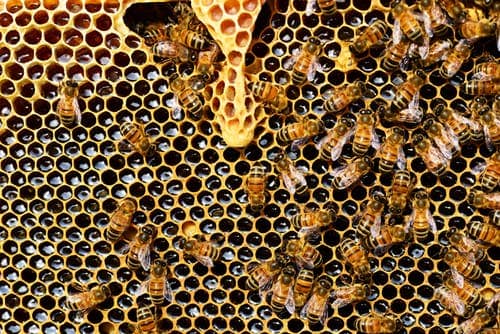
1. Feed Your Bees
Before you do anything else, you need to feed your bees. You may have done this occasionally prior to now, but it’s especially important after a harsh winter. The bees are likely to have consumed most of their honey stores, and if it takes a long time for blooming flowers to appear in your area, they aren’t going to be able to replace those stores for a while.
If you’ve never fed your bees before, you will need to do this with sugar water. You can also use honey from the extra you had leftover at the end of the previous year, but this isn’t as common. To make sugar water, combine two parts sugar to one part water. There are some additives that you can include, too, which are designed to prevent algae and mold and to stimulate the production of brood.
These, however, are not necessary.
You can do a mass feed in which you leave a container out for all of your hives, but this can attract pests like raccoons. Therefore, you may need to use an entrance feeder at the entry to your beehive and restricts access to the water to your bees only.
These recipes for grease patties and bee fondant are great ways to feed bees during winter, or now in spring when food is still scarce.
2. Set Out New Hives
Make sure you have an empty hive or two ready to go in case some of your bees swarm and start looking for new homes. If you don’t do this, you run the risk of your bees flying elsewhere and never coming back.
Swarms can technically happen at any time, but this is the most common in the spring. You may also need to build or buy new hives entirely, so take the opportunity to do so in the spring, when you are ideally less busy.
3. Harvest Honey
If you had any honey that wasn’t used over the winter, wait until the flowers begin to bloom, then go ahead and harvest. You don’t want to harvest too soon, as this can rob your bees of valuable food stores.
4. Replace Your Queen
Hopefully, this isn’t a chore you will need to put on your to-do list. If you do, though, don’t panic. Instead, plan ahead.
Check your hive and inspect it carefully to see if it has a solid brood pattern. If it doesn’t – or if you suspect or discover that the queen is dead – you will need to get a replacement. You don’t have to get a whole new colony of bees to do this. Queens are usually sold separately.
Even if your queen hasn’t died, there are sometimes reasons that will require you to replace her. If laying has slowed down, your bees are too aggressive, or your hive is simply underperforming, there’s a good chance that it’s the queen to blame.
You could rear your own queen, and we share the how-to guide to rearing a queen.
5. Divide Your Populations
If you have multiple hives, you may want to separate out some of your bees to make sure the populations are even across the various hives. This can prevent overcrowding in one hive which can, in turn, lead to swarms.
If you are going to split a hive, make sure it is strong enough for this to be done. You’ll be moving about three pounds of bees – along with an existing queen – and starting a new hive.
6. Control Pests
Many people apply pest control during the winter, but there are a couple of pests you may need to target during the spring. These include varroa mites, which reproduce every ten days, and small hive beetles.
You can usually use oxalic acid to kill varroa mites, but you’ll need to implement a regular treatment schedule.
Small hive beetles can be treated in a variety of ways – such as traps – and are best controlled in the spring. Often, these infestations can be prevented by having a strong hive. Therefore, following all the other tasks required in this spring chore list can definitely help you out.
Just remember if you are using any kind of medication in your hives, you will need to wait at least five weeks before adding your honey supers. This can cause contamination of the honey you intend to harvest.
7. Evaluate Laying Patterns
You may want to take a look at the egg pattern in your hives to make sure your queen is still laying well. You’ll know that there is an issue with your queen if you don’t find any eggs or there are working bees laying eggs. That’s not a good situation to be in.
8. Check On Your Honey Supers
Make sure your frames, foundations, and of course, your supers are in good working order as part of your honey bee spring chores. Get them ready to go in the hive for collection. When you’re deciding where to place new users, pay special attention to the nectar flows. Your beehive needs to be nearing full capacity in order for the bees to begin using the super.
9. Keep an Eye on Production
Come up with a system now that will help you keep track of honey production all season. Some beekeepers like to harvest frequently, while others prefer to wait until the end of this season. The choice is yours. It doesn’t really matter how you choose to monitor your honey production. Just make sure you have a plan in place and follow it so that you don’t get overwhelmed later on.
A Final Item For Your Honey Bee Spring Chores To-Do List

One more idea that you may want to put on your to-do list? You might want to consider joining a local beekeeping club!
You might feel intimidated by this, especially if you are new, but it’s a great way to learn more about the bee culture in your area, along with issues that are specific to your population of bees. Not only will you learn a ton of information that will be invaluable as you build your hives, but you’ll likely make a few good friends, too.
Who knows – maybe they’ll even be willing to help you out when honey bee spring chore time rolls around? One can only hope!
